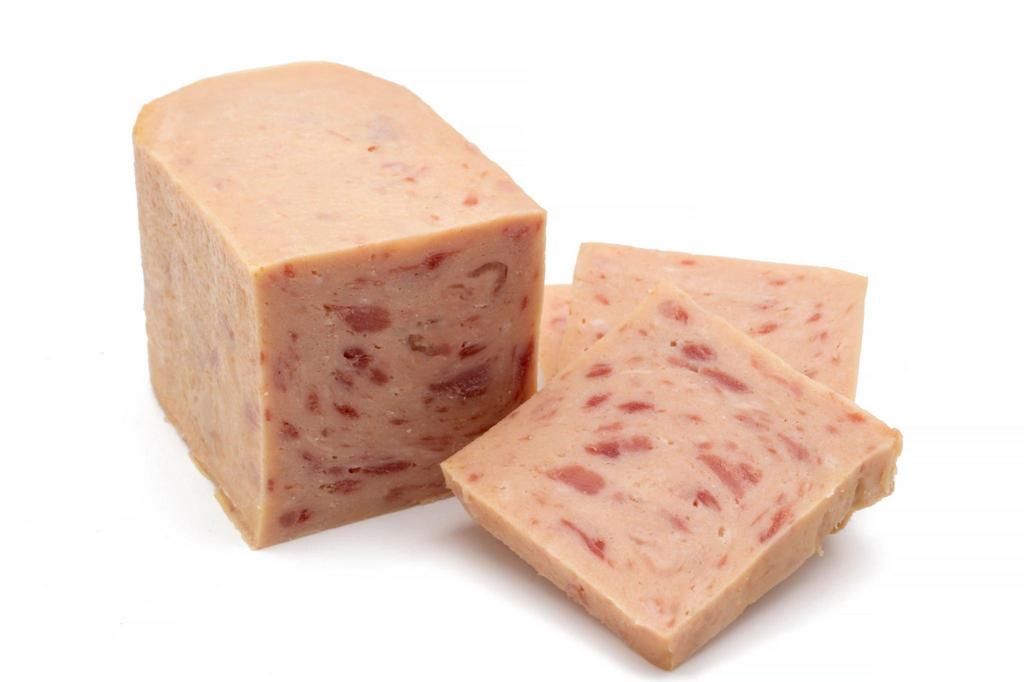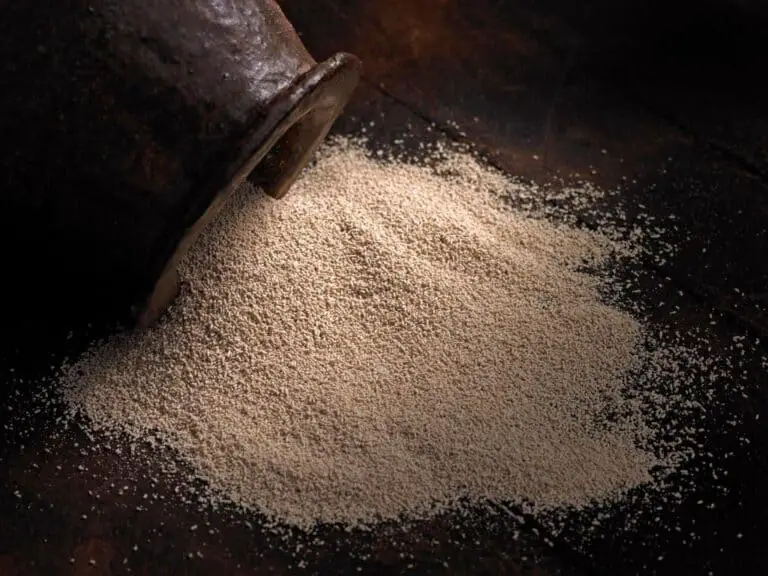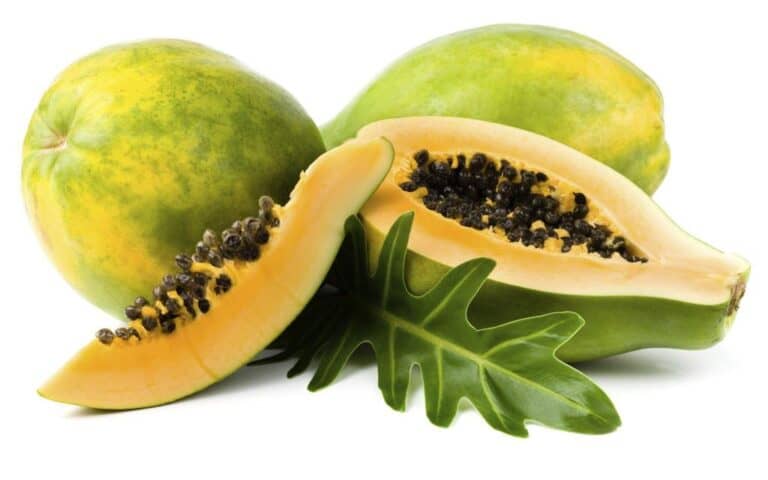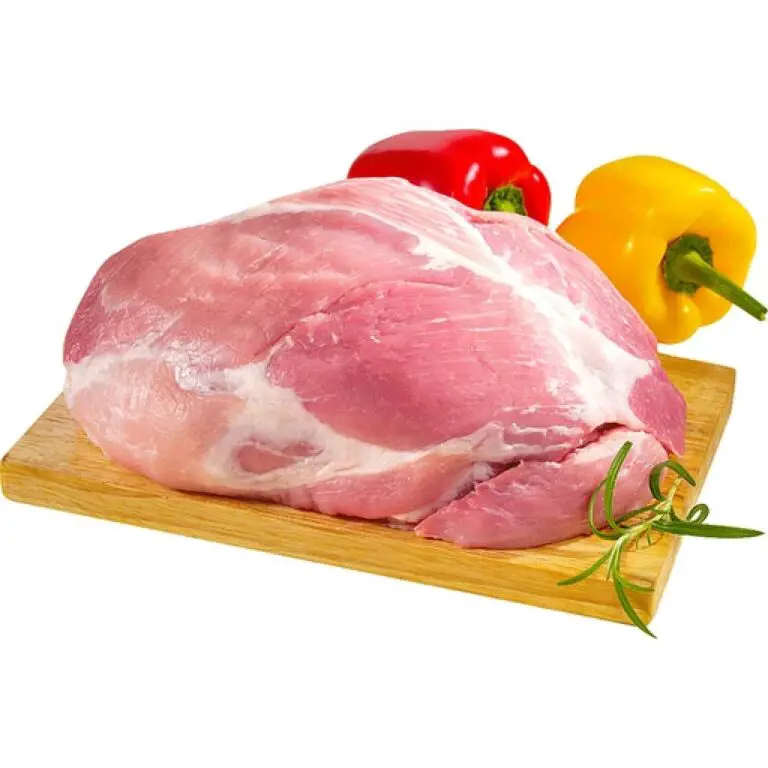Can I Eat Luncheon Meat Without Cooking? Is it Safe to Eat Raw?

Luncheon meat, the unsung hero of quick lunches and midnight snacks, often graces our sandwiches and salads with its effortless appeal. But have you ever wondered, as you reach for that convenient can or neatly stacked deli slices, whether you can indulge without a pit stop at the stovetop? Is it safe to eat luncheon meat in all its raw glory?
Most luncheon meats are already cooked and ready-to-eat once cooled. Therefore, it is safe to eat luncheon meat without cooking it. However, some people prefer to heat up the meat before adding it to the rest of their dish for added flavor. It is important to check the label or packaging to ensure that the meat is fully cooked and safe to eat without cooking.
In a world where culinary convenience reigns supreme, these questions are far from frivolous. The answer is a tantalizing blend of taste, safety, and nutrition. As we navigate the intriguing realm of luncheon meat, we’ll explore the intricacies of preparation, uncover the truth about ready-to-eat labels, and weigh the health risks against the delectable rewards.
So, prepare to embark on a gastronomic adventure where your favorite luncheon meat takes center stage, and you’ll be the master of its culinary fate.
Understanding Luncheon Meat

Before we answer the burning question, let’s start by understanding what luncheon meat is. This processed meat product is typically made from a blend of finely ground meats, such as chicken meat, turkey meat, ham, or beef.
These meats are mixed with various seasonings, preservatives, and flavorings to create the familiar taste and texture of luncheon meat. The mixture is then packed into cans or shaped into loaves and sliced for easy consumption.
Here are some common types of luncheon meat:
- Bologna: A popular variety made from a blend of beef, pork, or a combination of both. It’s known for its smooth texture and mild flavor.
- Turkey or Chicken: These luncheon meats are often chosen for their lower fat content, making them a healthier option.
- Ham: Canned ham luncheon meat typically features ham that has been processed and seasoned for a rich and savory taste.
- Spiced Luncheon Meat: For those who enjoy a bit of heat, spiced luncheon meats are available with added spices and seasonings.
Can You Eat Luncheon Meat Without Cooking?
Now, let’s address the primary question: Can you eat luncheon meat without cooking it? The short answer is yes; you can eat most types of luncheon meat straight from the can or deli counter without cooking.
These meats are typically precooked during the manufacturing process, which means they are safe to eat without additional cooking. However, there are some important considerations to keep in mind.
Here’s what you need to know:
- Check the Label: When purchasing luncheon meat, it’s crucial to read the label. Look for products labeled as “fully cooked” or “ready-to-eat.” This indicates that the meat has undergone the necessary cooking process during production.
- Refrigeration: Once the can is opened or luncheon meat is sliced from a deli counter, it should be refrigerated promptly. Bacteria can grow on meat left at room temperature, so storing it in the fridge helps maintain its safety.
- Use-By Date: Pay attention to the use-by or best-before date on the packaging. Consume the luncheon meat within the recommended timeframe to ensure its quality and safety.
- Slicing and Preparation: If you’re buying luncheon meat from a deli, ensure that it’s prepared and handled in a sanitary environment to reduce the risk of contamination.
Safety Concerns and Potential Health Risks
While luncheon meat is generally safe to eat without cooking, there are some safety concerns and potential health risks to be aware of.
1. Sodium Content
One of the primary concerns with luncheon meat is its high sodium content. These processed meats are often loaded with salt as a preservative and for flavor enhancement.
Excessive sodium intake can lead to high blood pressure and other health issues. If you have hypertension or are trying to limit your salt intake, it’s advisable to consume luncheon meat in moderation.
Related: Does Salty Spam Have MSG?
2. Nitrites and Nitrates
Luncheon meat often contains nitrites and nitrates like spam have, which are used to preserve the meat’s color and flavor. While they are generally recognized as safe, there is some controversy surrounding their long-term effects on health.
Some studies suggest a potential link between nitrite consumption and certain health issues, so it’s a good idea to be mindful of your intake.
3. Listeria Risk
Listeria monocytogenes is a bacterium that can be found in luncheon meat, particularly in deli-sliced varieties. Listeria can cause a severe infection known as listeriosis, which can be particularly dangerous for pregnant women, the elderly, and individuals with weakened immune systems.
To reduce the risk of listeria, it’s recommended to heat luncheon meat until it’s steaming hot if you are in one of these at-risk groups.
Safe Ways to Enjoy Luncheon Meat
If you’re concerned about the potential health risks associated with luncheon meat or simply want to enjoy it in a safer way, here are some tips:
- Limit Consumption: As with any processed food, moderation is key. Limit your luncheon meat consumption to maintain a balanced diet.
- Choose Healthier Varieties: Opt for low-sodium or reduced-sodium luncheon meats to mitigate the impact of excessive salt.
- Heating Options: If you have health concerns or want to reduce the risk of listeria, you can heat your luncheon meat until it’s piping hot before consumption.
- Pair with Fresh Ingredients: Enhance your luncheon meat sandwich or salad with fresh vegetables and whole-grain bread for added nutrients and flavor.
How Do You Know If Luncheon Meat Has Gone Bad?
Determining whether luncheon meat has spoiled is crucial to avoiding foodborne illness. Several indicators can help you recognize if it’s gone bad. First, check the expiration date on the packaging, as this is a reliable initial guide. If it’s past the date, that’s a red flag.
Next, employ your senses. Give it a good sniff; spoiled luncheon meat will emit a foul, rancid odor. When touching it, feel for any sliminess or unusual textures; these are signs of spoilage.
Lastly, inspect the color. If you notice any unusual discoloration or dark spots, it’s best to discard it. Keeping these guidelines in mind and relying on your senses can help you make an informed decision about the safety of your luncheon meat.
To sum it up, here’s a quick reference table:
| Indicator | What to Look For | Action |
| Expiration Date | Check the packaging | If expired, consider disposal |
| Odor | Sniff for rancid smell | Foul odor may indicate spoilage |
| Texture | Feel for sliminess or unusual texture | Unusual textures may signal spoilage |
| Color | Inspect for discoloration or dark spots | Unusual colors suggest spoilage |
Luncheon Meat vs. Spam: What Are the Differences?
When you step into the world of canned meats, you might wonder about the distinctions between luncheon meat and Spam. Let’s break it down.
Ingredients:
Luncheon meat often comprises a mix of pork, chicken, or turkey, while Spam is typically pork-based with added ham. The ingredients may vary slightly between brands, impacting taste and texture.
Texture and Appearance:
Luncheon meat is usually smoother and lighter in color. Spam has a coarser texture and appears pinkish. This variance stems from the meat blends used.
Taste:
Luncheon meat boasts a milder flavor, while Spam has a more distinct, salty taste. This difference can influence your choice of various recipes.
Usage:
Luncheon meat is versatile, fitting well in sandwiches, salads, and casseroles. Spam is beloved for its bold flavor and is great for fried or grilled dishes.
In summary, both luncheon meat and Spam are canned meat options, but they vary in ingredients, texture, taste, and best-suited dishes. Your choice depends on your preferences and culinary needs. Here’s a table for a quick comparison:
| Aspect | Luncheon Meat | Spam |
| Ingredients | Pork, chicken, or turkey blend | Pork with added ham |
| Texture | Smoother and lighter | Coarser and pinkish |
| Taste | Milder | Distinct, salty |
| Usage | Versatile, fits many dishes | Great for frying or grilling |
Conclusion: Is it safe to eat Luncheon meat raw?
In conclusion, you can eat most types of luncheon meat without cooking them, provided they are labeled as fully cooked or ready-to-eat. However, it’s essential to be mindful of your sodium intake, potential nitrate exposure, and the risk of listeria contamination, especially if you fall into high-risk categories.
By understanding these factors and following proper food safety guidelines, you can enjoy the convenience and flavor of luncheon meat without compromising your health.
Remember to make informed choices when purchasing and consuming luncheon meat, and don’t hesitate to take extra precautions if you have specific health concerns or dietary restrictions.
Additionally, certain individuals are more susceptible to foodborne illnesses and should exercise extra caution when considering consuming raw luncheon meat. Pregnant women, children, the elderly, and those with compromised immune systems are at higher risk of developing severe symptoms from these infections.
FAQs on Ready-to-Eat Luncheon Meat
Is luncheon meat already cooked?
Luncheon meat is typically precooked during the canning process, making it safe to consume without further cooking. However, thorough heating is recommended for improved taste and texture.
Can you eat canned luncheon meat without heating?
Canned luncheon meat can be eaten without heating, as it is precooked and canned in a way that preserves its safety for consumption. However, heating enhances flavor and can help eliminate any bacterial risk.
How do you safely consume luncheon meat?
To safely consume luncheon meat, ensure it is stored properly, check the expiration date, heat it adequately if consuming hot, and avoid cross-contamination by using separate utensils and surfaces.
What happens if you eat raw luncheon meat?
Consuming raw luncheon meat can expose individuals to the risk of foodborne illnesses caused by bacteria such as Listeria or Salmonella, potentially leading to food poisoning, gastrointestinal issues, or other health complications.
What are the health risks associated with consuming raw luncheon meat?
Health risks related to consuming raw luncheon meat include potential bacterial contamination, leading to food poisoning, gastrointestinal disturbances, and in severe cases, infections that could have long-term health implications.
Can luncheon meat be a part of a healthy diet if consumed raw?
While luncheon meat can be a part of a balanced diet, its raw consumption should be limited due to potential health risks associated with bacteria. Opt for leaner varieties, moderate portion sizes, and consider cooking it thoroughly to minimize risks.
What are the best ways to store luncheon meat to ensure safety?
Store luncheon meat in a refrigerator at temperatures below 40°F, preferably in its original packaging or in an airtight container. Consume it within the recommended time frame, typically a few days after opening the can.
Are there any specific guidelines for reheating luncheon meat?
When reheating luncheon meat, ensure it reaches an internal temperature of 165°F to destroy any harmful bacteria. Use appropriate heating methods such as microwaving, pan-frying, or baking to guarantee safe consumption.






